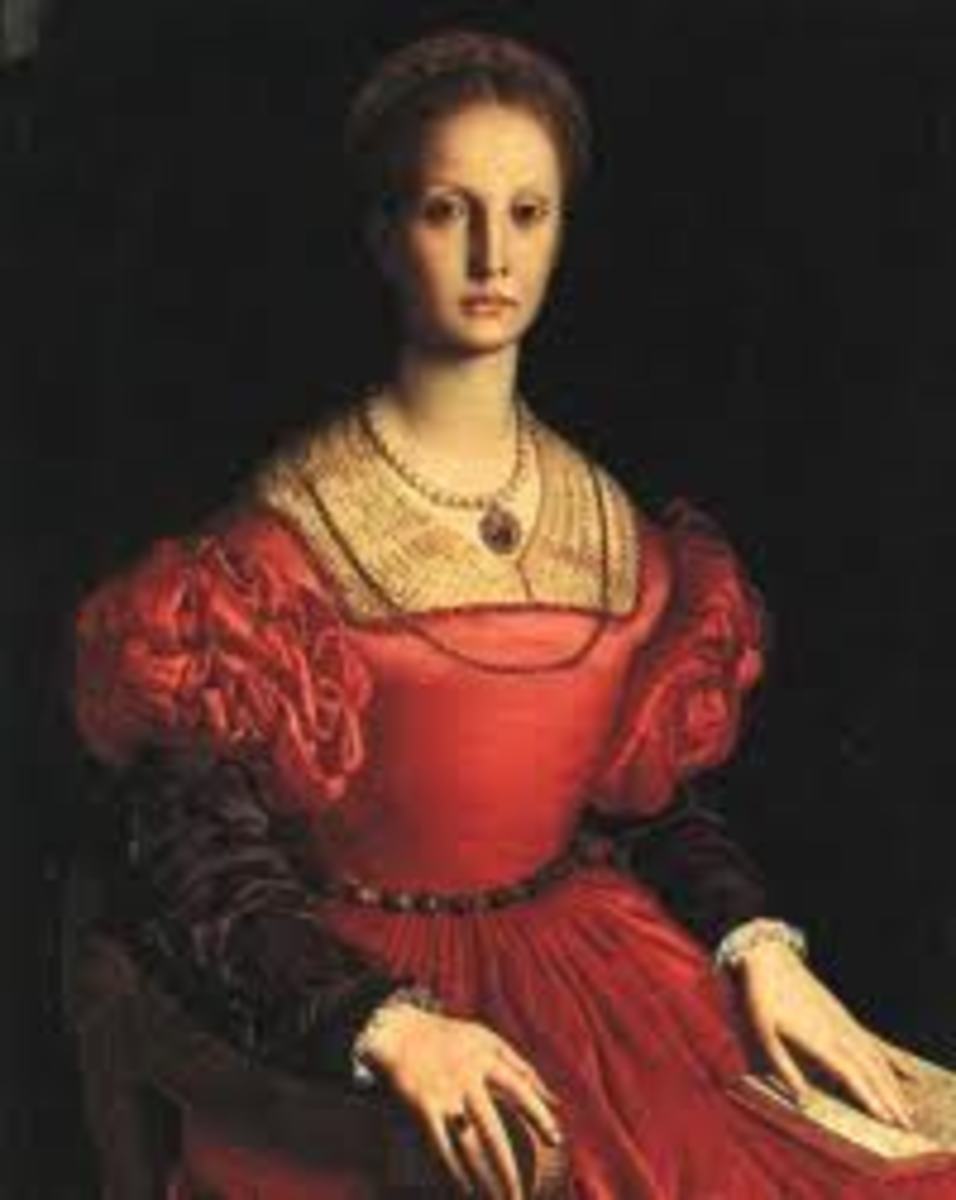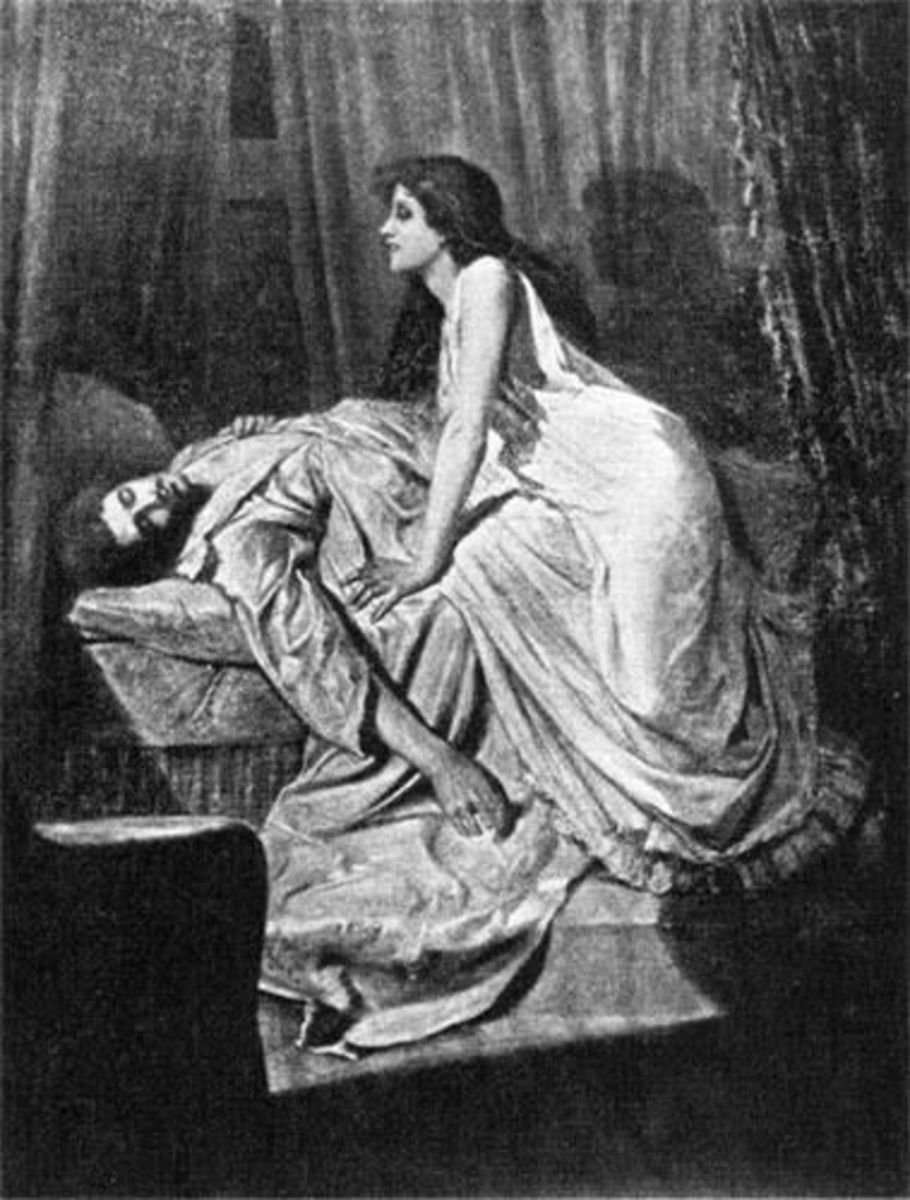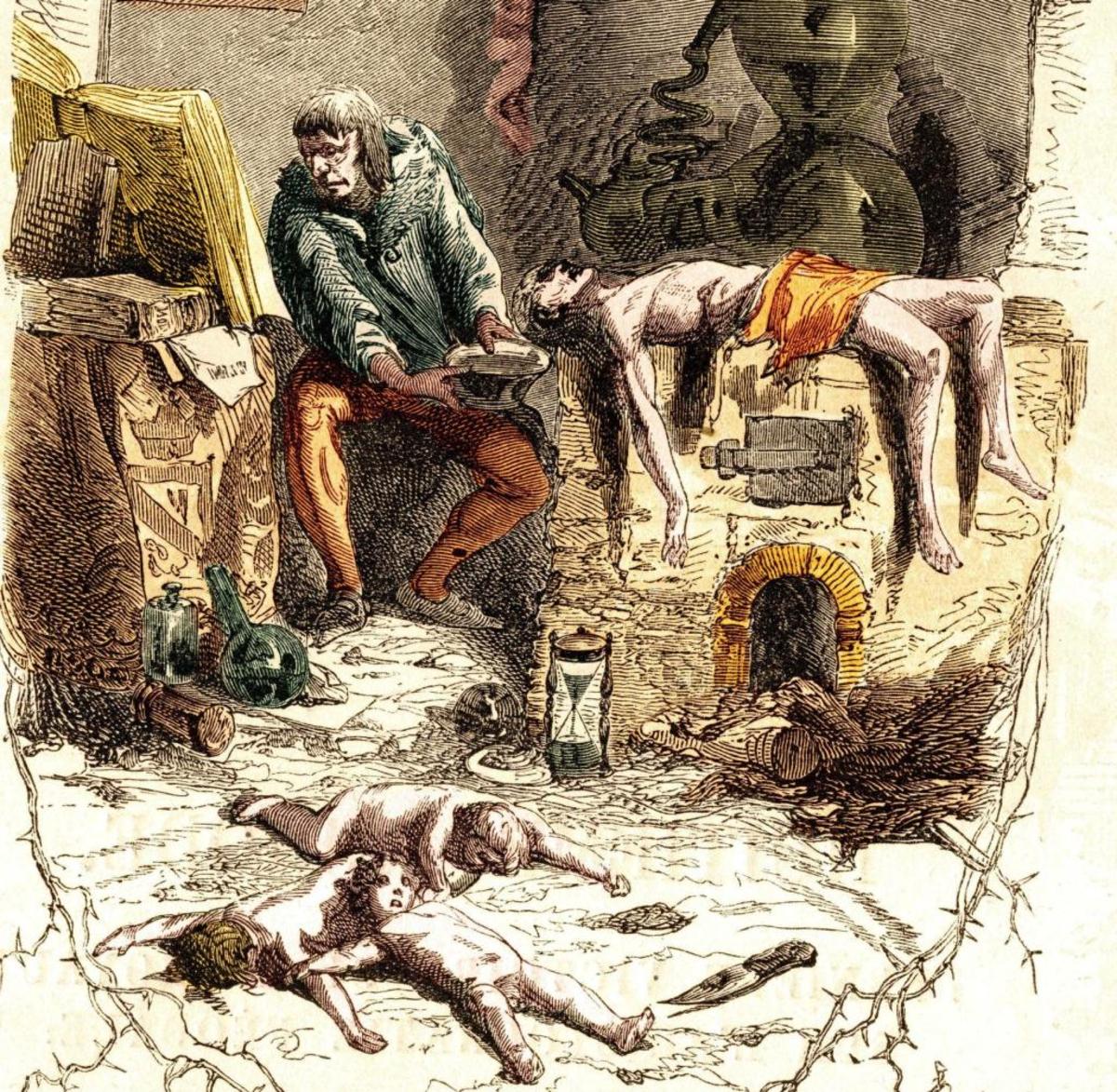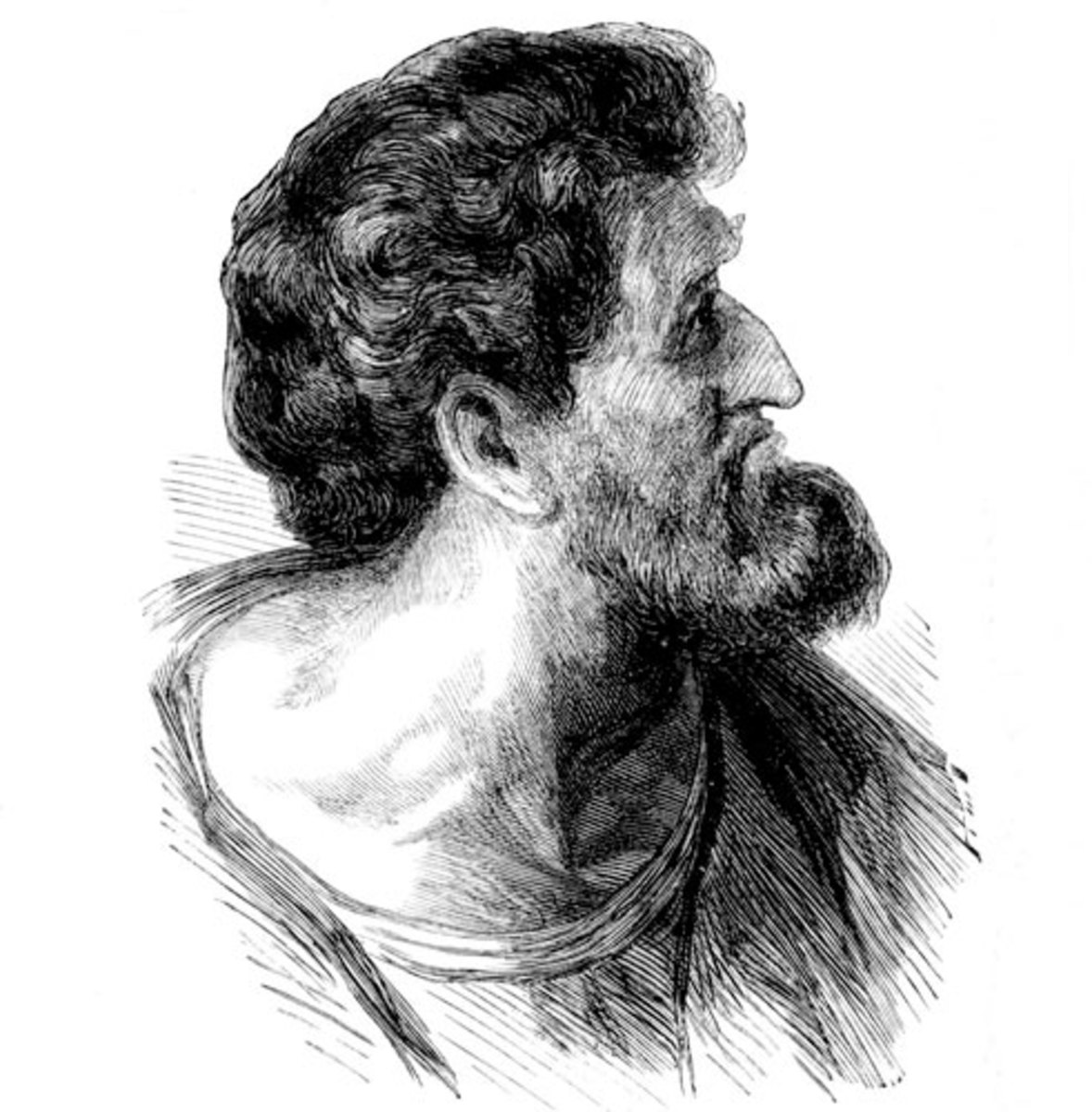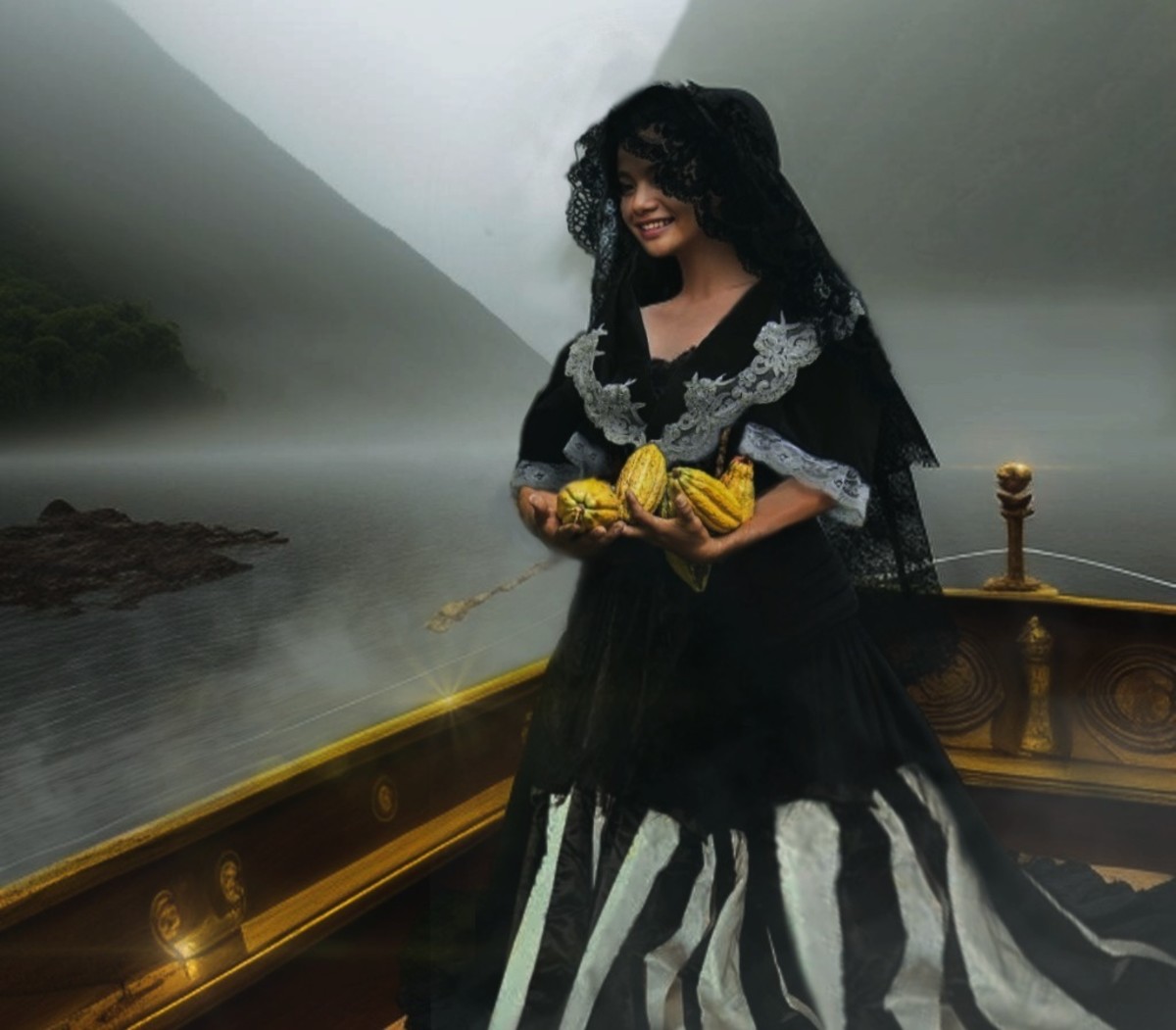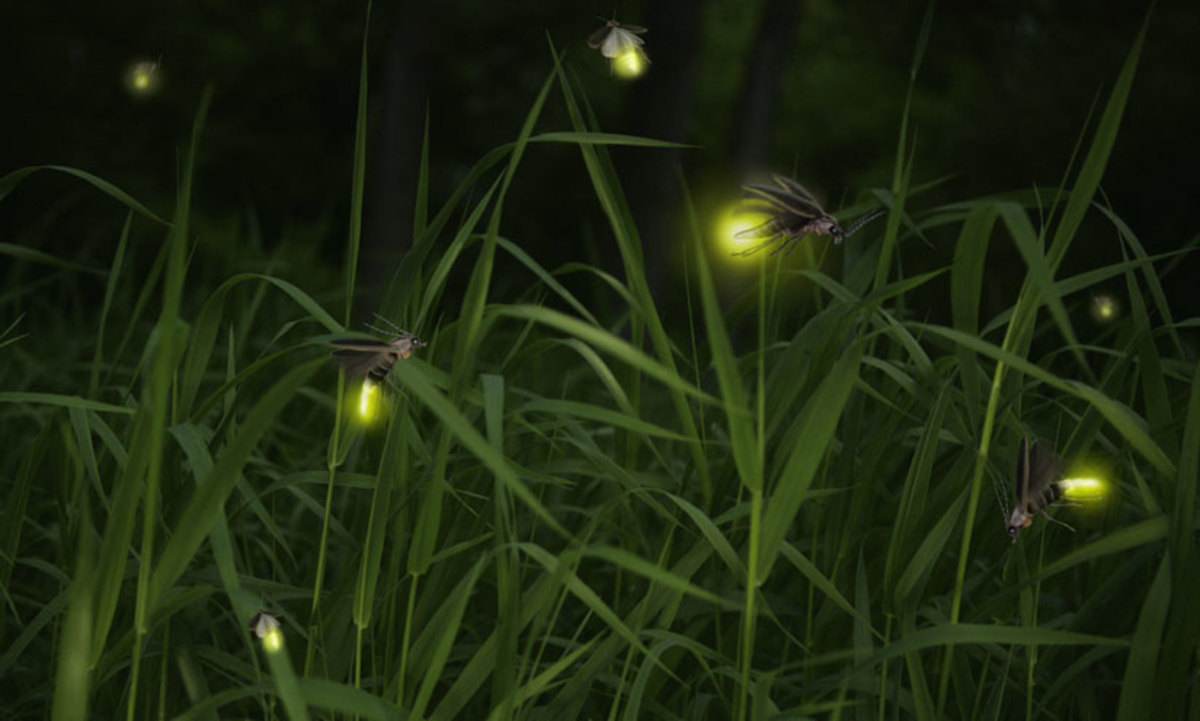Who Was the First Vampire? Discover Truth From Legend:Part 3
Erzsébet Báthory
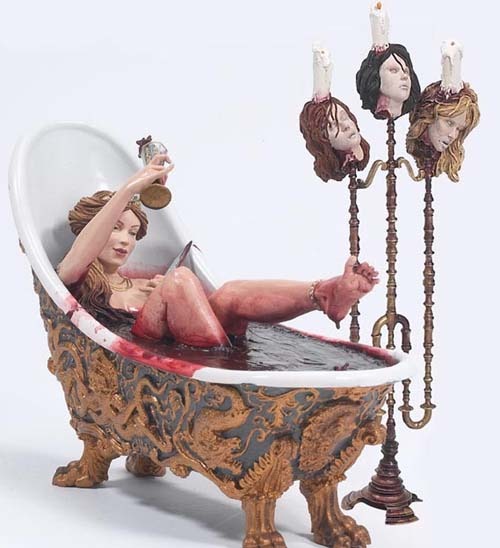
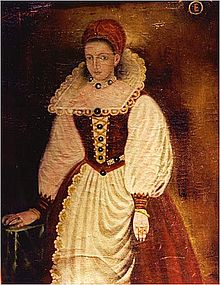
Elizabeth Bathory, the Original Vampire?
Elizabeth Bathory, (Erzsébet Báthory in Hungarian) was born on August 7th 1560, to Baron George Bathory and Baroness Anna Bathory, into one of the richest and most powerful families in Hungary. I have found various places listed where she was born, the most common listed was Transylvania, but there is cause for speculation and contradictory claims, so the location is uncertain. The infamous Elizabeth Bathory has been referred to as one of the most dangerous and notorious female serial killers in history, and has been nicknamed the “Blood Countess,” “the Countess of Blood,” and “Countess Dracula.” She earned these titles by her numerous murders and bizarre ritualistic activities involving blood. The name Countess Dracula was gained interestingly enough by several accounts of her alleged affair with Vlad the Impaler. This all adds up to why she has been referred to as the “original vampire.”
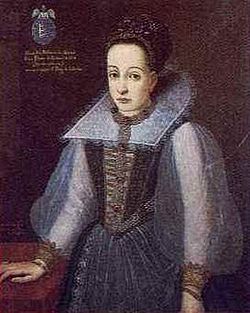
Crazy, It Runs In the Family
As a child, it’s said that Elizabeth suffered from seizures accompanied by loss of control and fits of aggressive uncontrolled rages, which could very well have been symptoms of epilepsy or some type of brain disorder from inbreeding. There were many documents where her mental stability was questioned. This could be an explanation of why Elizabeth performed such heinous acts.
As a matter of fact, inappropriate and odd behavior ran in the family. She had an uncle who was believed to be a worshiper of Satan, a bi-sexual aunt Klara who enjoyed sadistic torture, and a brother, Stephan, who was a drunkard that committed lecherous acts. She had a cousin who fought alongside Vlad the Impaler a few times as well. Elizabeth was exposed to gruesome violence at an early age. She witnessed brutal "justice" and punishments by her family's officers on their estates at Ecsel throughout her childhood. There was one incident when Elizabeth was young in which a gypsy was accused of theft. The punishment carried out for the gypsy was that he was sentenced to be sewn up in the belly of a dying horse with only his head exposed, and left to die. Growing up exposed to malicious acts throughout her childhood could also have played a role in Elizabeth committing such atrocities later in life.
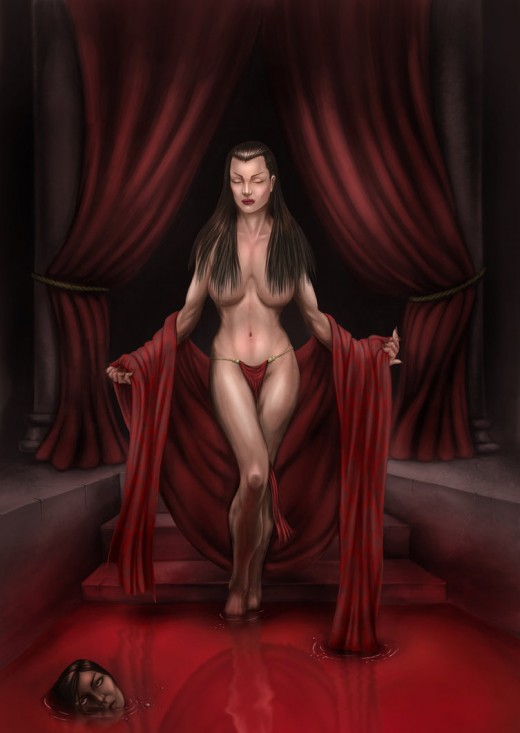
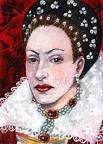
Cruel Countess...A Loving Wife and Mother?
She was also known for her promiscuity. Elizabeth got pregnant at the age of 14 by one of the peasants, and was taken away to be secluded to avoid further embarrassment on her engagement to an aristocrat. She was kept hidden until she gave birth to her daughter, which was taken from her and given to peasant foster parents to be raised.
At the age of 15, Elizabeth married Ferenc Nadasdy, a skilled warrior and athlete, but as reported by his own mother's hand, 'no scholar'. Elizabeth was highly-educated for her time, being fluent in Hungarian, Latin and Greek. It was a union though to have been arranged by both families as a political power move. Elizabeth kept her maiden name, and Ferenc added it to his own, less distinguished one, becoming Ferenc Bathory-Nadasdy. Nadasdy presented her with Csejte castle as a wedding gift. Elizabeth is reported to have been a good wife in her husband's presence, but Ferenc was a warrior by nature, and was frequently absent fighting battles.
Elizabeth may have been cruel to others, but she was said to have been a very caring and protective mother. Elizabeth is said to have bore six kids, but two died very young, and are often not mentioned, that’s why many believed she only had four. The child she had with the peasant at fourteen was named Anastasia Bathory. The children that survived infancy and were born to Elizabeth and her husband Ferenc were Anna, Katalin/Katherina, and Paul. In January of 1604 Ferenc fell ill from an infected battle wound. He died at the age of 51 and left Elizabeth, age 44, widowed. It was at this time Elizabeth’s levels of depravity and torture reached their peak.
Torture
Some forms of torture and punishment Elizabeth Bathory carried out include:
- Beating people with a heavy club
- Sticking pins into the lips, flesh, and under the fingernails
- Taking girls outside, laying them in the snow and pouring water on them until they froze to death
- Beating her maidservants with a barbed lash and a heavy cudgel
- Stabbing girls with scissors or knives
- Hanging girls from the ceiling spurred with burning irons onto spikes in cages
- Tying girls down, smearing them with honey, and leaving them to be attacked by bees and ants
- Biting chunks of flesh from her victims
- Forcing girls to cook and eat their own flesh
It is believed that Elizabeth had some help when it came to carrying out these acts. There was Johannes Ujvary, known as Ficszko, a manservant sometimes described as a dwarf-like cripple, Helena Jo, who helped look after the Bathory children, Dorothea Szentes, also known as Dorka, a peasant woman of noted physical strength alleged to be a witch. The most infamous influence and closest friend of Elizabeth Bathory was a known witch called Anna Darvulia. She was also said to be Elizabeth's lover. Darvulia has been described as the most active sadist in her entourage and was said to have taught Elizabeth many torture techniques in which they took pleasure inflicting together. However, In 1609 Darvulia passed away.
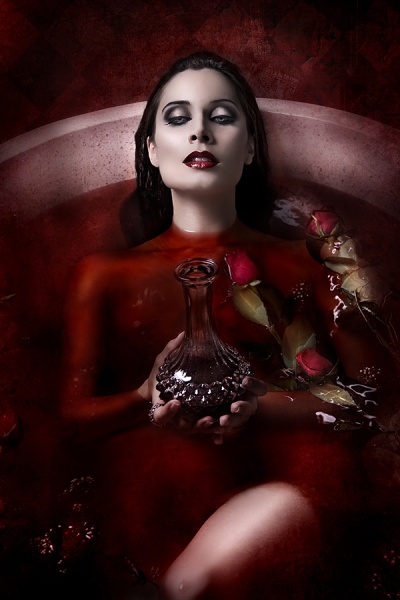
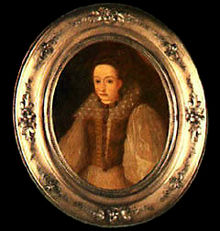
The Terror Begins
So how did the torture develop into the “bloodbathing” rumors in which multiple young girls were taken and drained of their blood in the idea that it would preserve youth for the Countess?
In the early 1600’s, it is rumored that there was an instance when a maid servant was brushing Elizabeth’s hair, and tugged too hard. It is said Elizabeth struck the girl enraged, drawing blood. The blood got on Elizabeth’s hand and she immediately thought that her skin looked rejuvenated from the blood. It is then rumored Elizabeth believed that she’d discovered the secret of eternal youth, and ordered the maid stripped and cut to drain her blood into a huge tub. Elizabeth then jumped into the tub of blood believing it would keep her young and beautiful. This was said to be the beginning of Elizabeth’s blood draining and tortuous rituals on young virgin girls. Ever since, Elizabeth would continually order fresh new virgin girls to be brought to the castle and drained of blood to please her deranged vanity. It was said she would torture the girls for weeks or even months.
Eventually the Countess believed peasant blood wasn’t powerful enough to give her what she desired. So she picked a few young noble women from the surrounding area, and performed barbaric acts of cruelty and sexual abuse upon them, just as she had the others. The deaths of peasant girls might be overlooked, but the murder of nobles, even those of such limited means as those Elizabeth selected, could not go unnoticed. This was what brought upon the Countess’ undoing.
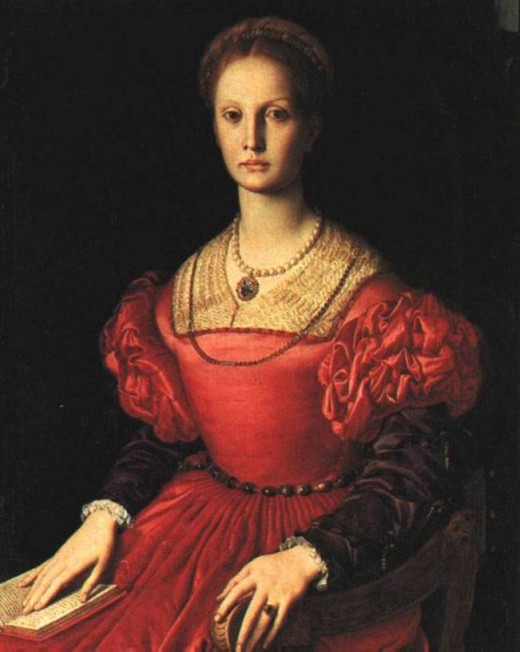
The End of the Blood Countess
In 1610 the King of Hungary was informed of the rumors, and he ordered her arrest. Gyorgy Thurzo was dispatched to investigate the alleged crimes, and collect evidence that would lead to arrest and trial. Count Thurzo moved quickly to save the family from as much disgrace and dishonor as possible by capturing her himself with his own secretive methods.
On December 30th he led soldiers in a night raid on Castle Cachtice. This raid supposedly found a dead girl in the hallway, and many other victims dead, dying or awaiting torture in cells. It is believed that Elizabeth and her gang of accomplices were involved in the murder of more than 650 young women their deaths were documented in her diary. Evidence was proved of only 80.
The arrests were made, and the trial set for January, 1611. Helena Jo and Dorothea Szentes were named as the foremost perpetrators and sentenced, as witches, to have the fingers torn out with red-hot pincers, and then to be burned alive. As a lesser offender, Ficzko was decapitated before his body was burned alongside the two women.
As for Elizabeth, she refused to plead her innocence or guilt and she was sentenced to life in solitary confinement instead of execution. It was against the law to execute her because of her nobility. So Elizabeth was never convicted, but was condemned to a single, walled-in room in her castle where she lived for four years, passing in 1614 at the age of 54. Since there were several plates of food untouched, her actual date of death is unknown. It is rumored she died in the same cell as the torture chamber where she took the lives of all her victims.
She was taken from the castle and buried at her birthplace at Ecsed. She was supposed to have been buried at Cachtice, but the locals argued they didn’t want such a woman being buried in their parish, let alone on consecrated ground. While normally requests of peasants would not be taken seriously regarding a noble, it was feared that Elizabeth's grave would be desecrated, bringing further insult upon the family name.
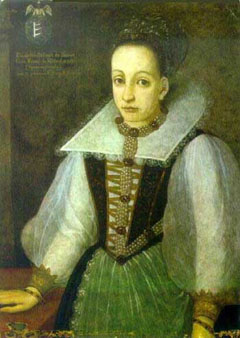
Elizabeth Bathory Innocent?
There is a very interesting theory regarding Elizabeth Bathory’s innocence. It has been argued that Countess Elizabeth Bathory was the victim of a conspiracy to rob her of her lands and wealth - that as a lone woman she was an easy target for malicious rumors and condemnation. There is also the haste with which her "accomplices" were executed.
There was a rumor Thurzo was after Elizabeth’s land and possessions, and he was the one who was to collect evidence against Elizabeth. He could have framed her or composed a story of lies to bring her downfall. The claims of noble’s were not often questioned and were carried out as sole evidence in many situations during this time.
Most suspicious was that the King was in great debt to the Bathory’s from Ferenc’s duty in battle. While the King was probably shocked by the extent of the Countess' deeds, the King's conviction of Elizabeth was probably carried out so that his debt would be dropped and the Bathory’s powerful assets and land seized for his benefit.
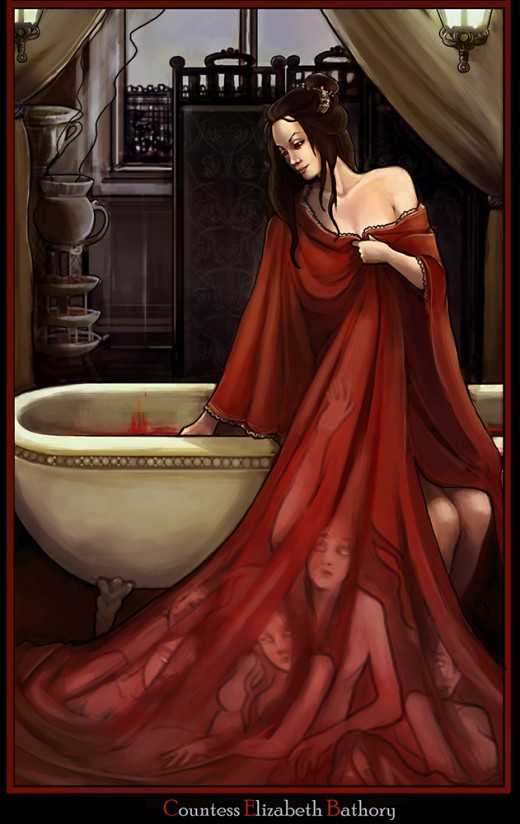
So did Elizabeth Bathory truly commit all these heinous acts? Did she torture and drain young girls and bathe in their blood to preserve her youth? Or was it all a story composed of lies to rob her of her power, land, and assets? We will never know. But her infamous legend as the Blood Countess and the original vampire, will remain an epic fascination in history for centuries to come.
Lillith
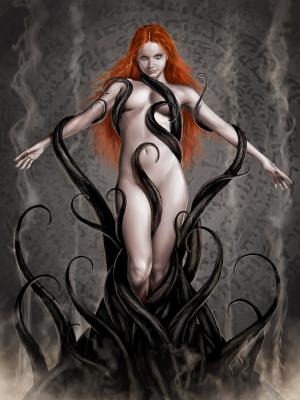
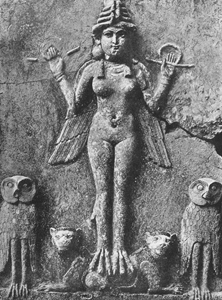
Definition of Lilith
- Lilith is known as the first vampire, the first succubus, the first temptress, and was Adams first wife. She was formed the same as Adam, and when told to be submissive, left the garden of Eden to live in darkness. When God sent his angels to retrieve her, she turned him away. She was said to give birth to demons, and kill children in their sleep.
- In the Vampicic culture, Lillith was Adams First wife and the Mother of Cain. She was kicked out of the Garden of Eden and in order to survive made a pact with Lucifer. Cain eventually met Lillith in the land of Nod(where he was banashed to), and drank of Lillith to survive. Thus becoming the matron and patron of all vampires.
- In the Book of Lillith (one of the apocryphal books of the Bible) she was Adam's first wife but refused God's word of male dominance and proved it by being on "top" during intercourse. She was banished from the Garden of Eden and was taken in by Satan-el to be one of his many wives.
***The Book of Enoch, The Book of Razi-el, and The Book of Lillith are supposedly lost chapters from the Bible and remain unconfirmed in their origin. They have however existed for many centuries.***
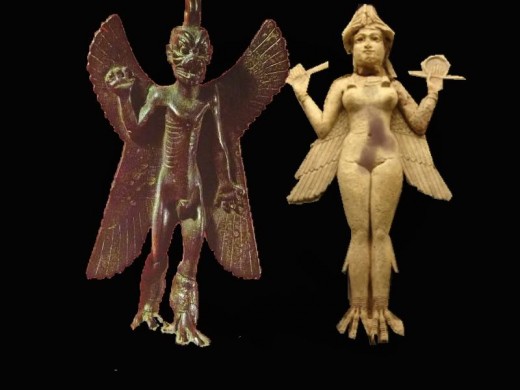
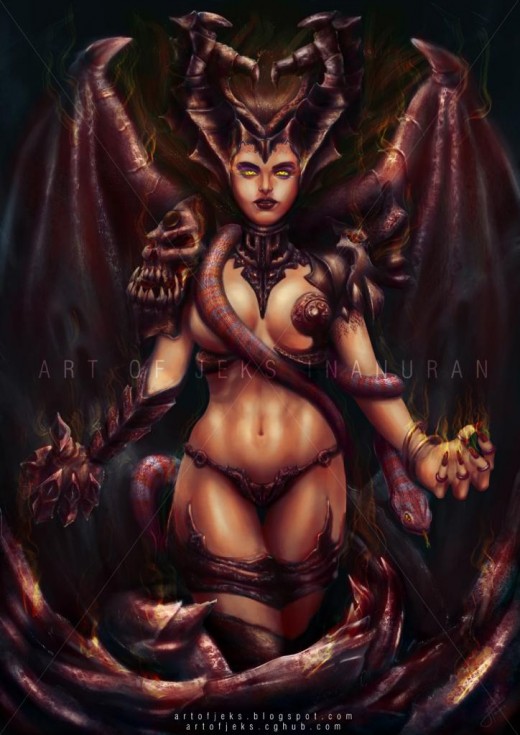
Legends of Lilith Throughout History
Did you know that the myths and legends of Lilith date back farther than the original texts of the Bible? The ancient name “Lilith” derives from a Sumerian word for female demons or wind spirits—the lilītu and the related ardat lilǐ. The lilītu dwells in desert lands and open country spaces, and is especially dangerous to pregnant women and infants. The Mesopotamian myths about succubae (female night demons) called “lilin,” also have some kind of connection to the legend of Lilith. The infamous legends of Lilith don’t stop there.
Long ago in the ancient time of the Assyrians and Babylonians in Mesopotamia, there was legend of a creature by the name of Lamastu, meaning “she who erases.” Lamastu was a vicious demon goddess who preyed on both men and women. In Assyrian legend, Lamastu, was the daughter of the sky god Anu, and she would creep into houses at night and steal or kill babies, either in their cribs or in the womb. This was how the Assyrian people explained sudden infant death syndrome and miscarriages. Lamastu would also prey on men, sucking blood from young men and bringing disease, sterility and nightmares. In this sense, she was thought of as a succubus. Lamastu was often depicted with wings and birdlike talons, and sometimes with the head of a lion. The Assyrian women believed that during pregnancy, they could protect themselves from Lamastu by wearing amulets depicting Pazuzu, another evil god who once defeated the demoness.
The earliest surviving mention of Lilith’s name appears in Gilgamesh and the Huluppu-Tree, a Sumerian epic poem found on a tablet at Ur and dating from approximately 2000 B.C.E. The Babylonian relief shows her as a beautiful, naked sylph with bird wings, taloned feet and hair contained under a cap decorated with several pairs of horns. She stands atop two lions and between two owls. Lilith’s association with the owl was due to it being a predatory and nocturnal bird that flies at night, and Lilith was thought to be the cause of night terrors. The Talmud speaks of a Seductress with malevolent intent, and alludes to her being demonic in nature. In early Hebraic writings, Lilith took the form of a winged demon with the body of a woman with owl-like talons for feet. Her dark origins lie in Babylonian demonology, where amulets and incantations were used to counter the sinister powers of this winged spirit who preyed on pregnant women and infants. Ancient texts such as the Dead Sea Scrolls found at Qumran and the Talmud have other references as well. The Qumran sect was engrossed with demonology, and Lilith appears in the Song for a Sage, a hymn possibly used in exorcisms. The ancient scrolls make a reference to Lilith by name, speaking in the same context as the passage in Isaiah. Just like Lamastu and lilītu, there are many legends of and multiple reffererences to Lilith as the Queen of Demons and the first vampire, seducing men and eating children, making guest appearances throughout history
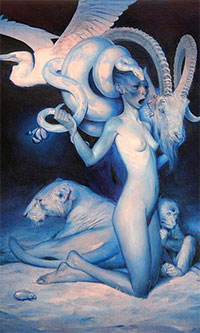
The Story of Lilith
Lilith is mentioned four times in the Babylonian Talmud, but it is not until the Alphabet of Ben Sira (c. 800s to 900s) that the character of Lilith is associated with the first version of Creation. In this medieval text, Ben Sira names Lilith as Adam’s first wife and presents a full account of her story. In Genesis 1, says God created man and woman at the same time, this first account is known as the Priestly version and appears in Genesis 1:26-27. Here God creates man and woman simultaneously in the passage: “So God created mankind in the divine image, male and female God created them.” In Isaiah 34:14 of the bible Lilith is referred to as a screech owl, a night creature that was cast into the wastelands along with other creatures that were uncontrolled.
One version of Jewish mythology has it that Lilith was Adam's first wife, created together with him on the Sixth Day and from the same materials as Adam. The other version says Lilith was created a little later, after Adam complained to God that he alone of the creatures of the earth had no partner. Either way, Lilith was said to be Adam’s first wife, and she was created independently from and equal to Adam, which led to problems between them.
Adam believed the dirt used to create Lilith was more deluded than his, and desired Lilith to be subservient to him. He believed that he should have dominance over Lilith, including in their love making. Lilith believed that since she was formed from the same earth that Adam was created, she should be considered his equal, that she should also have a turn on top during love making. So one time, when Adam approached her for sex, Lilith refused to be subservient to him, questioning why she should always be made to lie beneath him. When Adam attempted to force her, Lilith in fury uttered the name of the lord, and fled from Eden to the banks of the Red Sea. Adam complained to Jehovah that he had been abandoned, so God sent three angels to persuade Lilith to return home. Lilith had mated with the other creatures of the world, and gave birth to many offspring until the angels found her. When it comes to what happened next, there are many variations of the story.
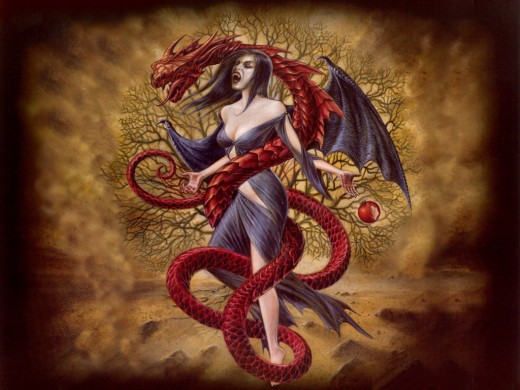

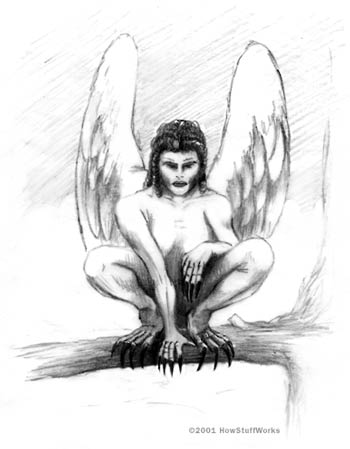
The Angels Try to Capture and Return Lilith to Adam
1) In one version, the three angels tried to coax Lilith to return to Adam, but she refused saying, ‘'How could I go back to Adam after the entertainment I have enjoyed here?’' The angels threatened to kill her but she only dared them to try. Which they did, and failed because she had learned some magical tricks in her exile. But after a great battle they managed to bundle her into the Outer Darkness and slaughter her offspring.
(So in this story, Lillith turned dark and evil because she was angered and hurt at how she had been treated by Adam, and by the fact God sided with Adam. Also, here the angels tried to kill her and couldn’t, that’s why they killed her children instead. This is also said to be why she went after babies, to avenge her own children that were slaughtered.)
2) In another version, Lillith was angered by her mistreatment by Adam and the Lord, so in vengeance she vowed to weaken and kill all little children, babies and newborns. The angels found her by the Red Sea, and they were unable to convince her to return and could not force her to obey them. So a compromise was made, where Lilith promised not to harm newborn children if they are protected by an amulet with the names of the three angels written on it.
(So in this version, again Lilith is angered by Adam and by the Lord mistreating her, so this is why she vowed to kill babies, it was her revenge. So when the angels came, they struck the deal with her that they would leave her be and not continue to fight to force her back to Adam if she unharmed the babies wearing the sacred amulets.)
3) In the last version, when confronted by the angels, Lilith claimed she would not return to Adam. The angels told her that if she did not return to Adam, she would die. Again Lilith argued, stating that she had been created immortal, a being which could not die. The angels then told Lilith that one hundred of her children would be slain for each day that she refused to return to Adam. When all of her children were destroyed, the angels ceased trying to bring Lilith back to Adam, and Eve was created for Adam as a replacement of Lilith. Lilith was subsequently banished from God’s presence to the demon realm. Lilith’s future offspring were damned to become demons, with Lilith taking the title of “Mother of all Demons.” In response to the angels slaughtering all her offspring, Lilith vowed to kill one unprotected child for every one of her children that was destroyed.
(So in this version, Lilith was good, and only turned evil because her children were slaughtered. So in this version, again, Lilith kills babies for revenge, but not for her original treatment by Adam and God, but because her children were all destroyed by the angels.)
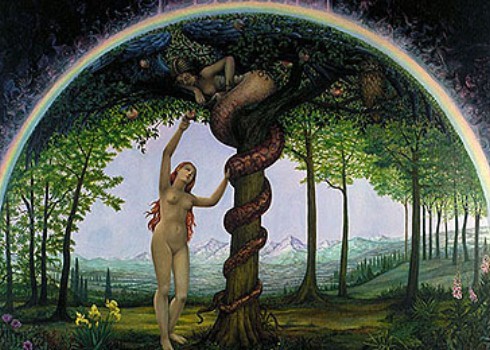
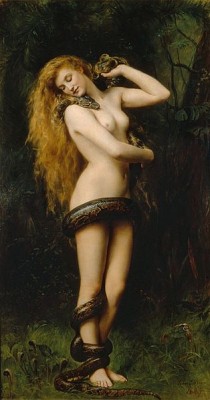
Lilith's Revenge/Becoming the Mother of All Vampires
Lilith was banished from the world of Adam and Eve but she occasionally managed to sneak back. It is often said that the serpent that tempted Eve in the Garden of Eden was none other than Lilith herself, and many Medieval portraits of “the Temptation” show the serpent as a woman from the waist up, handing over the fatal fruit. This would make sense that Lilith carried out her revenge on Adam by tempting him and his new lover to eat the forbidden fruit, exiling them from the Garden of Eden just as she was.
Lilith was often portrayed as half woman and half serpent. Which again, this drawing could be depicting the interpretation that she was the serpent tempting Adam and Eve in the Garden of Eden. Or this could be depicting her as the “mother of all demons,” with Satan, her lover, as the serpent who tempted Adam and Eve. The screech owl is Lilith's totem bird and the form in which she often prowls the night. Some ancient statues show her as a voluptuous young woman with owl's wings and feet, but she can adopt any guise to human eyes. It is said that her fury with Adam and grief for her slaughtered children led Lilith to plot revenge. She mated with Samael and the other fallen angels, giving birth to many of the greatest demons to plague the world, carrying out her revenge on Adam’s descendants. The most vicious and popular of them were the lilin or lamiae of the ancient world, vampires, and succubi. So the creatures mentioned earlier such as the succubi, the lilītu, and the lamastu, are all the children of Lilith according to her legend. So Lilith, along with her children was said to take, kill, and eat babies, seduce, mate with, and kill men, as well as drink the blood of all human’s.
So the legend of Lilith and her demon spawn taking and destroying children, is due to the angels slaughtering her own original offspring. The legend of her and her succubi children seducing and slaughtering men after mating with them, is due to her being subjugated to subservience by Adam. Harming his descendants in this manner is her way of carrying out revenge to Adam for such sexist treatment towards her. As for the vampire legend, this is just another way her and her children carry out revenge by preying off the descendants of Adam.
The best story of how Lilith became not only the mother of all demons, but specifically the original vampire, is told in the story of Cain. It is said, that when Cain was cast out by God, he encountered Lilith among her home in the outside wastelands. Lilith befriended Cain, and it is believed she taught him the power of consuming blood. This story certainly can be presumed to be the origination of vampires. However, consumption of blood is not the only vampire trait Lilith possessed. Since Lilith did not consume the forbidden fruit from the Tree of Life, as Eve did, many believe she isn’t subject to death. This would explain why vampires drink blood and are nearly immortal, and why if a vampire was to be killed, they were damned, unwelcome to the kingdom of heaven.
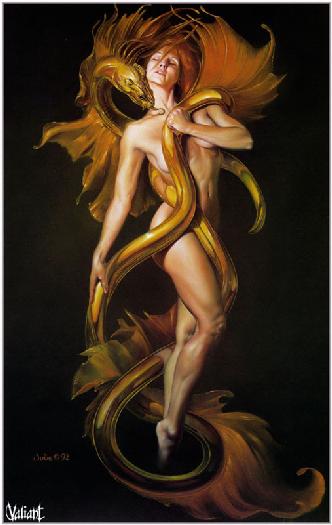
Who Is the Original Vampire?
So the conclusion to the Original Vampire Saga has arrived. I have discussed the four people who have been dubbed the original vampire, and why they were given the title. We have Elizabeth Bathory, also known as the Blood Countess, Vlad the Impaler, also known as Dracula, Judas Iscariot, and Lilith. And the original vampire is none other than Lilith. The story of Lilith is the earliest documented tale consisting of vampiric characteristics, therefore, the first account of the vampire myth.
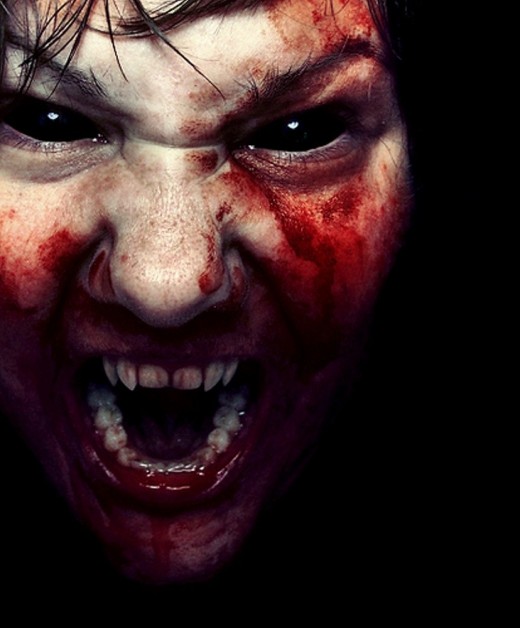
Gaines , Janet H. "Lilith Seductress, Heroine or Murderer?." Bible History Daily. Biblical Archaeology Society, 4 Sept. 2012. Web. 3 Dec. 2013. <http://www.biblicalarchaeology.org/daily/people-cultures-in-the-bible/people-in-the-bible/lilith/>.
Krau_soles, , AnjilsBaby, and James Manning. "Lillith." Urban Dictionary. N.p., 3 Nov. 2008. Web. 3 Dec. 2013. <http://www.urbandictionary.com/define.php?term=Lillith>.
Sangster, Angela . "Who Was Lilith?." True Ghost Tales. TrueGhostTales.com , 2010. Web. 3 Dec. <http://www.trueghosttales.com/who-was-lilith.php>.
Pelaia, Ariela. "Where Does the Legend of Lilith Come From? Lilith, Adam's First Wife." About.com Judaism. About.com, 2013. Web. 3 Dec. 2013. <http://judaism.about.com/od/jewishculture/a/Where-Does-The-Legend-Of-Lilith-Come-From.htm>.
© 2013 Amber

